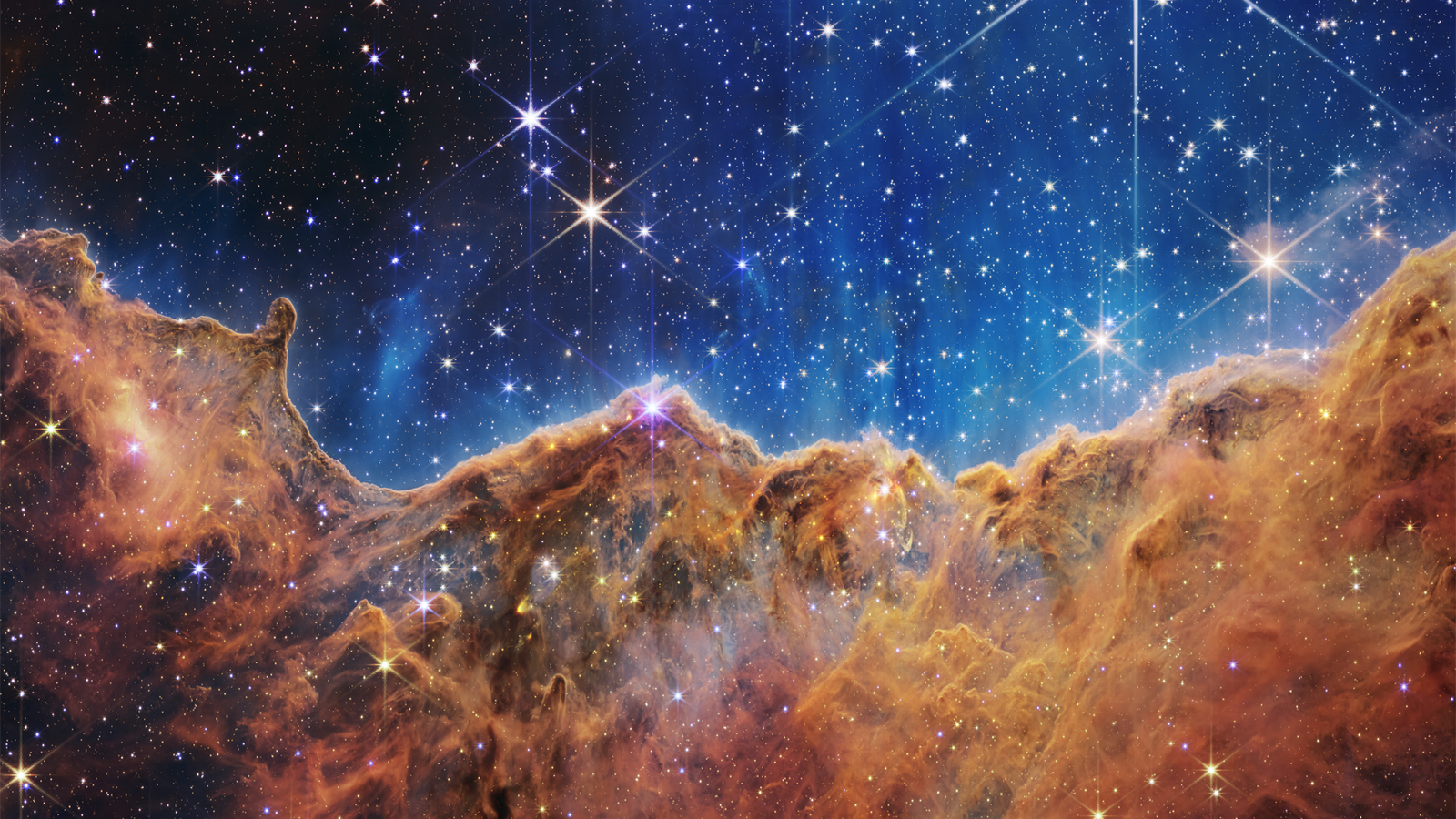Stay Up to Date
Submit your email address to receive the latest industry and Aerospace America news.
The Society and Aerospace Technology Outreach Committee promotes the transfer and use of aerospace technology for the benefit of society.
This year, the societal impacts of aerospace technology were more pronounced than ever. In July, NASA released the first full-color images and spectrographic data from the James Webb Space Telescope. Revealing for the first time previously invisible areas of star birth, the images from the Webb telescope quickly became media sensations. Adorning front pages of newspapers and magazines, the fascination for how the world’s most powerful space telescope could lead to new findings inspired scientists and the public alike.
The Webb telescope’s success complemented other telescope discoveries earlier in the year. In March, NASA’s Hubble Space Telescope made its record discovery by spotting the farthest star ever seen to that point in time. Hubble detected the light of a star that existed within the first billion years after the universe’s birth in the Big Bang. The newly detected star is so distant that its light took 12.9 billion years to reach Earth.
The Hubble and Webb telescopes have assisted in seeing the unseen, and they are unique sources for research, breakthroughs and knowledge. While the Webb telescope captures sharper images compared to Hubble, it is also designed for capturing the longer, infrared wavelengths that are important for many branches of astronomy. Infrared light is less subject to interference from dust. Therefore, using the Webb telescope’s infrared instruments, astronomers can observe inside dust clouds and learn more about processes leading to star and planet formation. The success of both telescopes also marks the celebration of technical feats. With technical advancements, history now records new means of peeking into the depths of the universe.
Over the years, aerospace-related movies have brought new perspectives to the discussions on future air and space travel. With the influx of new technologies, many times the hypothetical scenarios for how human-machine interactions might take place initially happen in fictional worlds and movie settings. Movies are also repository artifacts that can be revisited time and time again, for generations to come. This year, following the many discussions sparked in late 2021 about “Don’t Look Up,” in which two astronomers warned humankind of an approaching comet that could lead to the destruction of planet Earth, “Top Gun Maverick” made many headlines following its release in May. Set 30 years after the original, the new movie tracked Maverick’s return to the U.S. Navy Strike Fighter Tactics Instructor program. Beyond learning more about the lives of the top pilots in the world, the movie generated discussions about the profession and aerospace-related technologies. The topics in the movie also prompted secondary discussions about how aerospace technologies have evolved and sparked curiosity about what to expect next. The worldwide interest in the movie — which in part reflects its societal impact — was so remarkable that it became one of the top films of the year. In September, it became the fifth highest-grossing movie in North America.
Stay Up to Date
Submit your email address to receive the latest industry and Aerospace America news.




